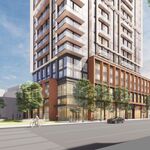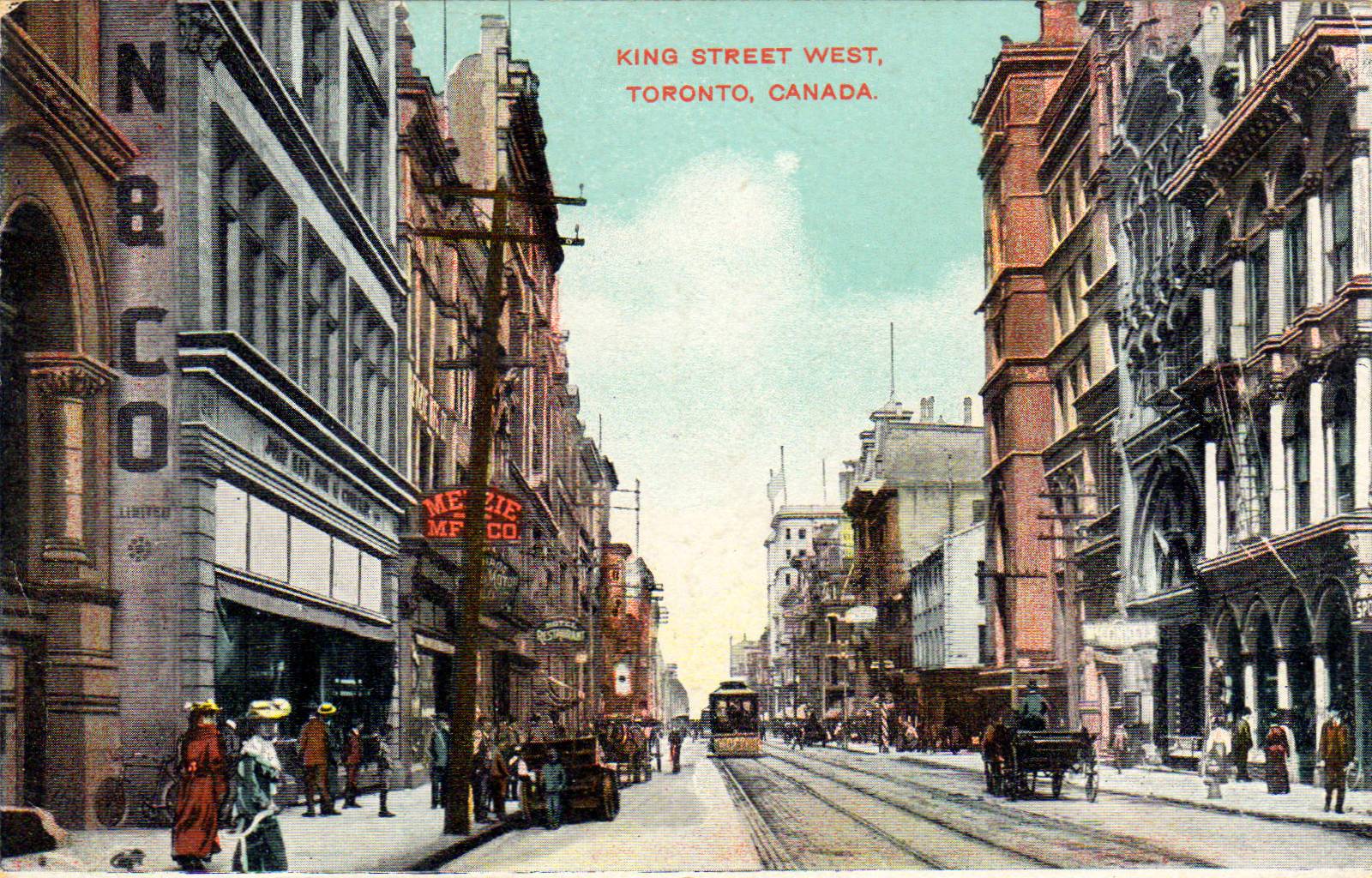Lol well if there's one thing you'll learn fast on this site, it's that kvetchers gonna kvetch.
That aside, what stands out to me is the litany of shoddy reasoning propping up their positions.
First off is the herd mentality assertion: that "everyone else" is doing it and therefore we should meekly and blindly follow suit. Perhaps if they were to put forward a sound case for doing it in the first place, but that would require a knock-down argument against telephone poles and wires, and that hasn't been done except by building a straw man.
I'm sorry , I cannot agree with any of the posters that claim overhead wires are "charming, quirky, unique", what a complete cop-out. It looks cheap and third-worldish.
The straw man, of course, is that somehow this
is no different than this
Clearly there is a very substantial degree of difference between the two -- at least to rational, reasonable people. That's why, at least to me, the anti-telephone pole crowd appears to have lost perspective on this issue.
Comme ca:
Major streets like Queen Street, for instance, are lined with great buildings, but what many people notice is the mess of overhead wires, cheap hydro poles, and redundant poles and think that this city isn't very attractive or doesn't have that much history or interesting architecture.
Nope, that's clearly what
you notice, since like most of the other grumblers we've heard from, telephone poles and overhead wires have become some sort of flashpoint for civic self-loathing.
Look at the picture of the Gladstone above: quite arguably what the telephone pole and wires do is make perspectives of the buildings inseparable from their urban context. If the situation were anywhere nearly as bad as in Manila (above) I'd probably be much more sympathetic to your view. But realistically, our Victorian heaps were invariably designed and built with their civic environment in mind.
And that civic environment necessarily included utility poles and lines.
Calling this quirky or charming is absurd. That's akin to a Romanian thinking the same about pulling their belongings around town by donkey.
Oh really? Try telling that to the residents of Hydra or Fes. Or telling the residents of Pamplona that bull-running is absurd. Or telling the people of Siena that horse races are stupid.
They'll probably (rightly) look at you like you're a bigot.
When anachronisms persist and are embraced, they become part of a city's unique character. And while telephone poles certainly aren't the Palio, they all can become part of the uniqueness of our city.
When embraced, quirks can undoubtedly be a source of charm. And in the case of telephone poles and wires: urban authenticity and historical context.
It amazes me that anyone finds old, dirty, tilted poles covered in rusty staples, charming. (or even acceptable)
Lol easy there, Howard Hughes. Just remember that OCD can be overcome!








